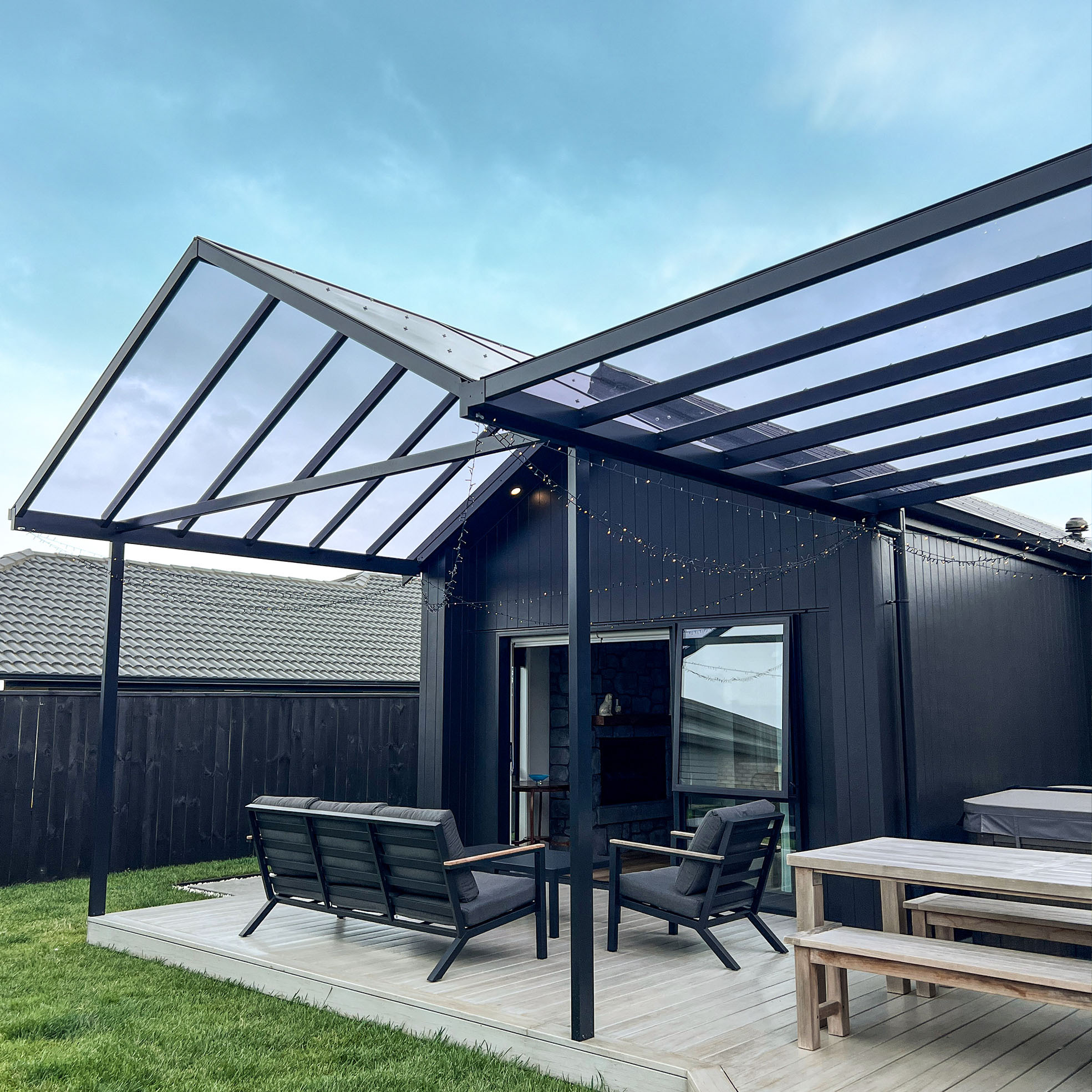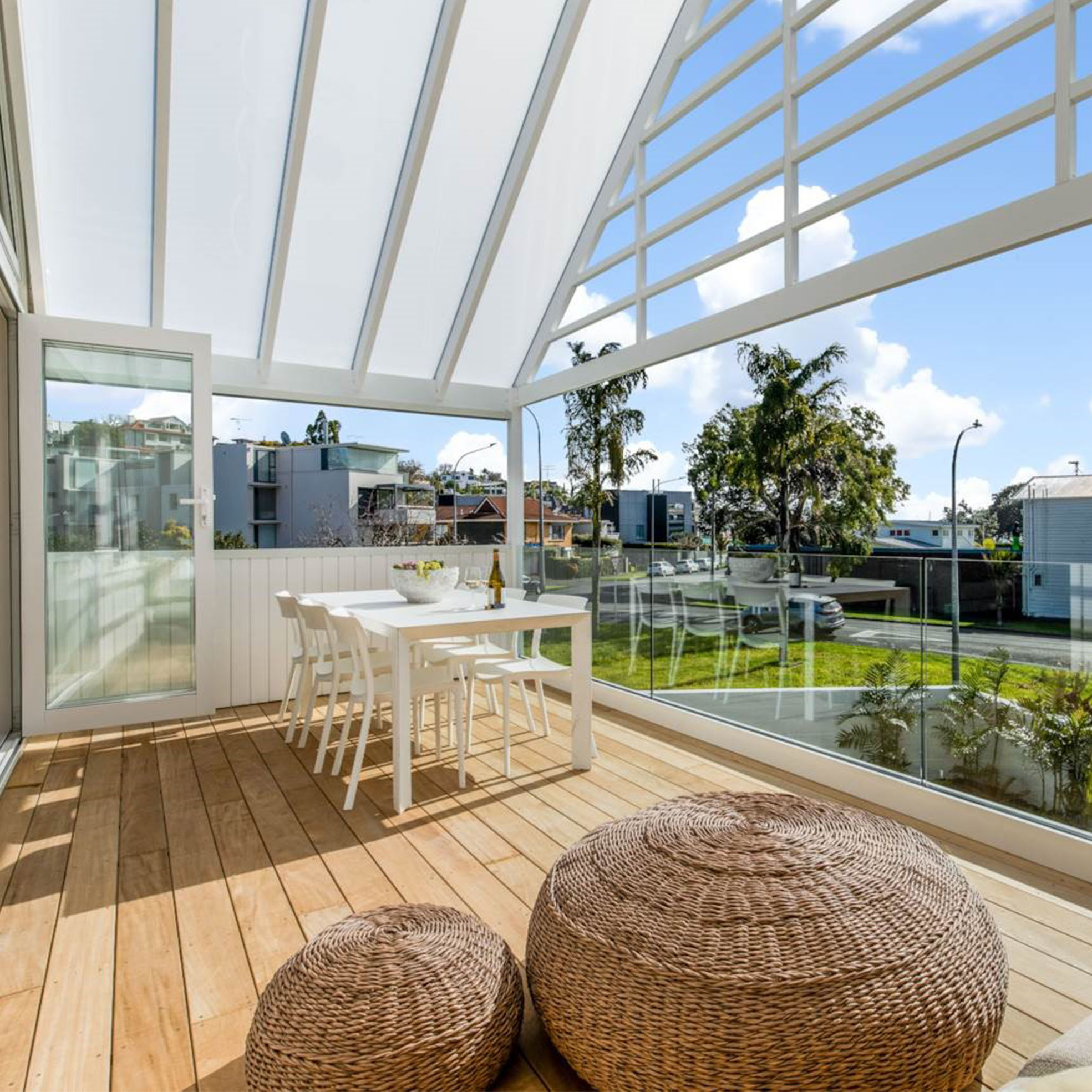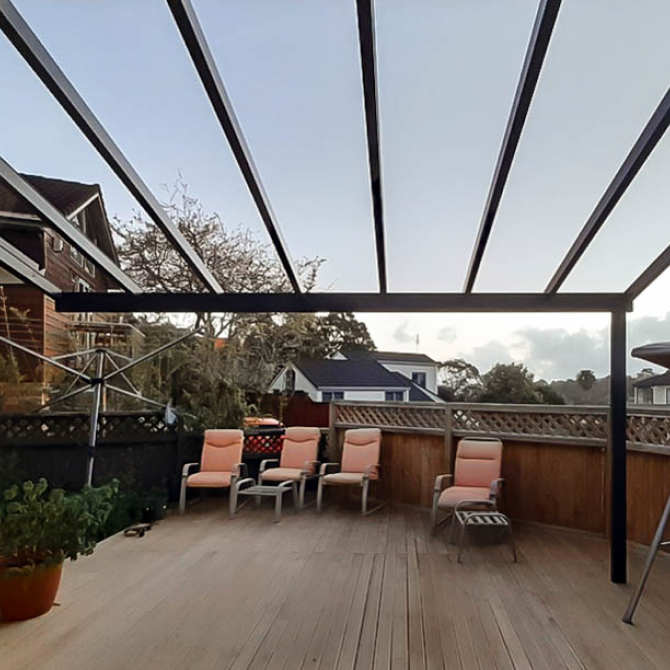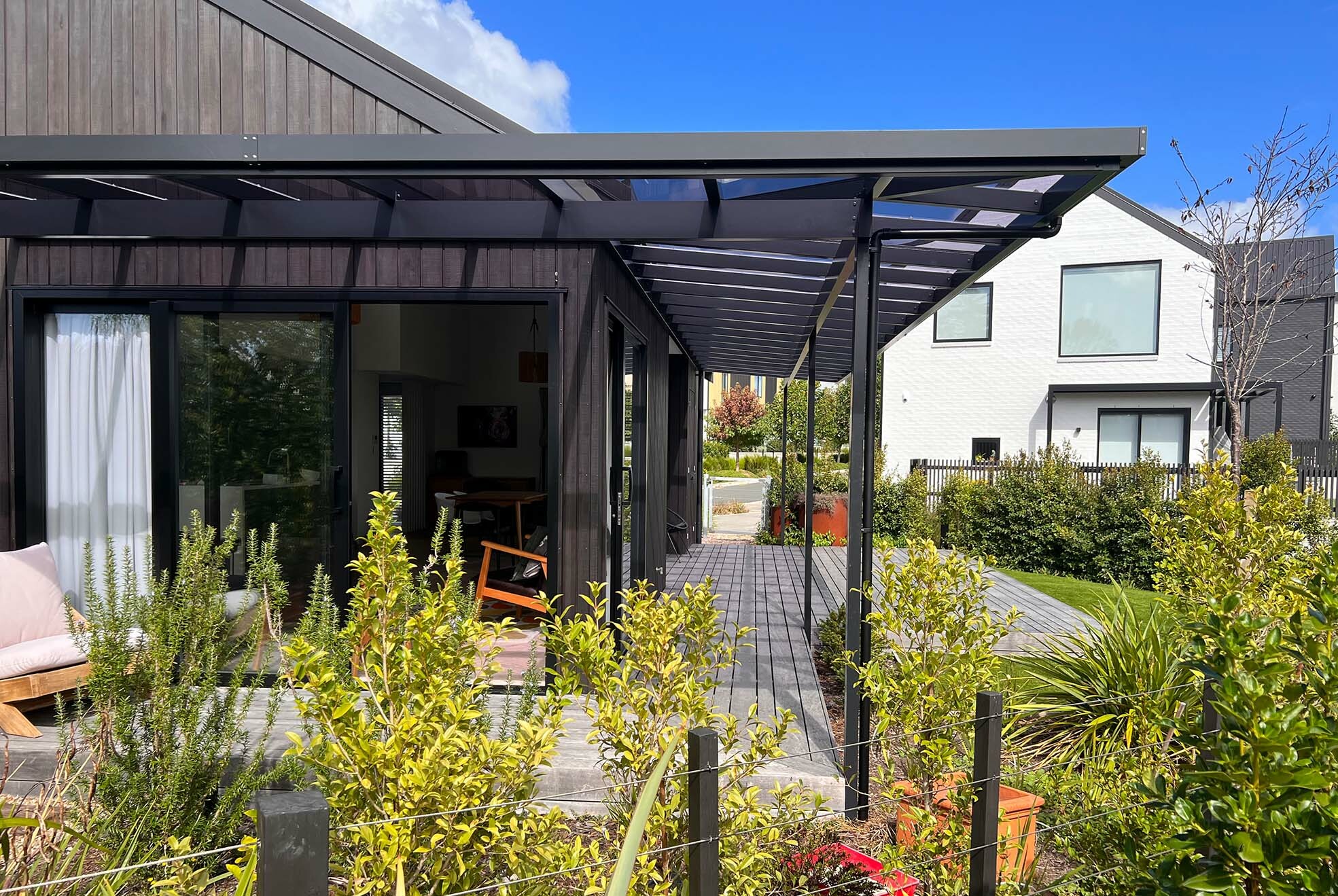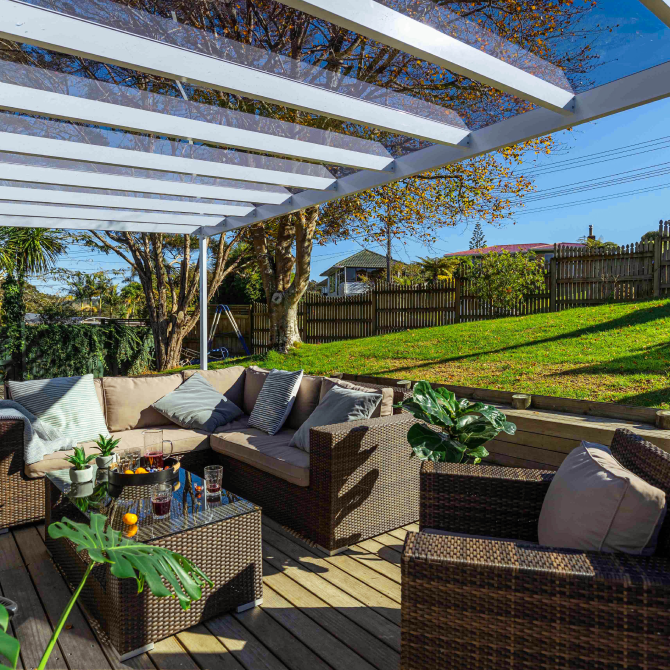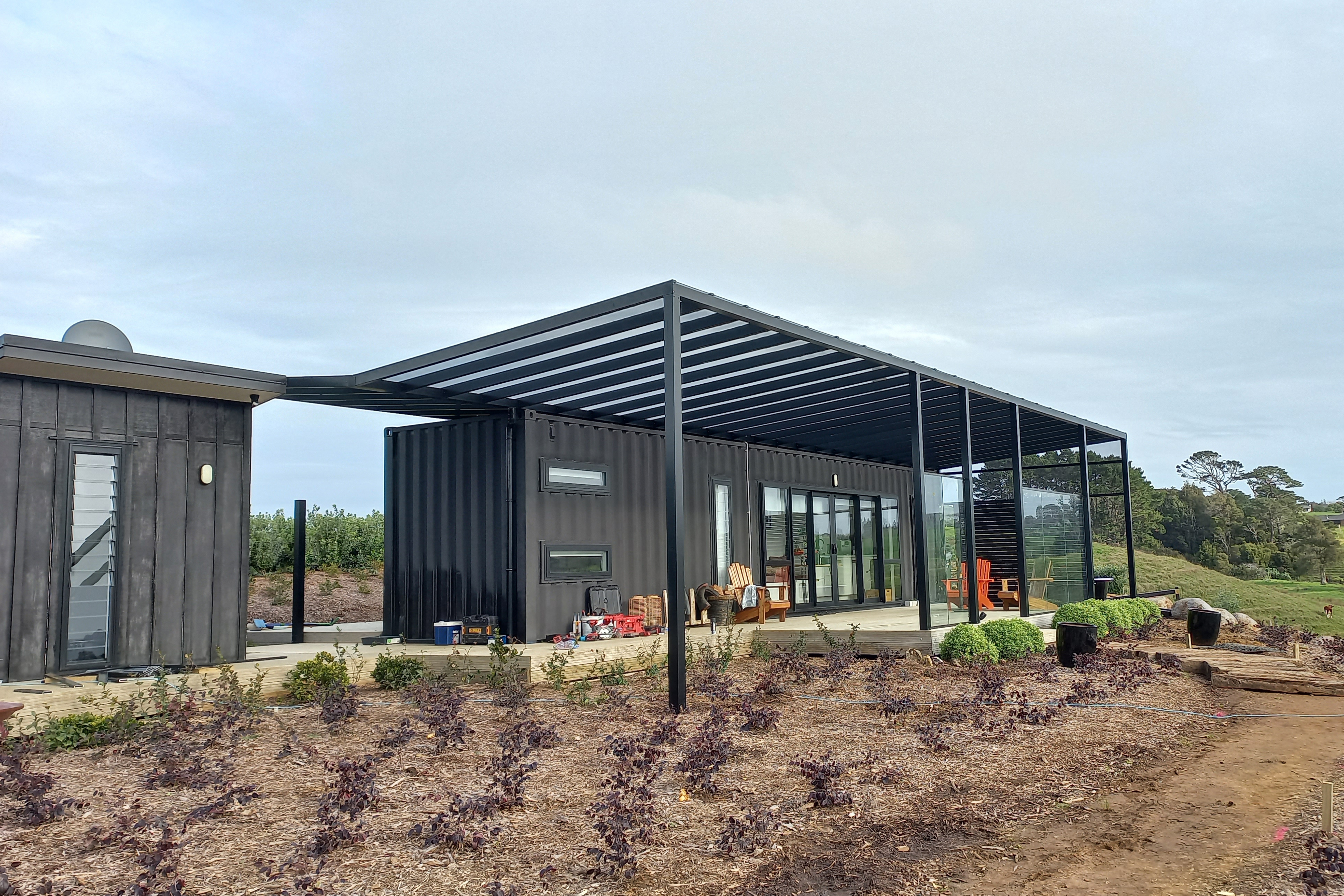Pergolas as Wildlife Sanctuaries: Attracting Birds and Beneficial Insects

Creating a Haven for Birds in Your Pergola
Pergolas can be transformed into welcoming sanctuaries for birds, contributing to biodiversity and bringing the joy of birdwatching to your backyard. In Auckland, with its rich birdlife, this is particularly rewarding. To attract a variety of birds, consider installing bird feeders and water baths in and around your pergola. The type of food offered can attract different species – nectar feeders will attract tui and bellbirds, while seed feeders may attract sparrows and finches. Additionally, the structure of the pergola can be used to support nesting boxes, providing safe places for birds to raise their young.
Attracting Beneficial Insects to Your Pergola
Beneficial insects play a crucial role in any garden ecosystem, aiding in pollination and pest control. Pergolas can be designed to attract these helpful creatures, particularly bees and butterflies. Planting native flowers and shrubs around your pergola provides a source of nectar and pollen, essential for these insects. Climbing plants on the pergola itself, like honeysuckle or jasmine, can also create an attractive environment for beneficial insects. By creating a pergola space that caters to these creatures, you enhance the ecological balance of your garden.
Designing Pergolas with Nature in Mind
Designing your pergola with nature in mind can significantly enhance its appeal to wildlife. In New Zealand, where the natural environment is so valued, this approach aligns with a broader environmental consciousness. Incorporating elements like birdhouses, insect hotels, and feeders into the design can also make your pergola more attractive to wildlife. The positioning of the pergola is important too – placing it near trees or shrubs can provide birds and insects with easy access to the shelter and resources they need.
The Role of Plants in Creating Wildlife Sanctuaries
The choice of plants around your pergola is crucial in creating a sanctuary for birds and beneficial insects. Native plants are particularly effective as they are already part of the local ecosystem and are well-suited to the needs of local wildlife. Plants that flower at different times of the year can provide a continuous source of food for insects, while berry-producing plants can be a vital food source for birds, especially in winter. Climbing plants not only add beauty to your pergola but can also offer shelter and food for wildlife.
The Benefits of a Wildlife-Friendly Pergola
Creating a wildlife-friendly pergola brings numerous benefits, both for the environment and for personal enjoyment. In Auckland, fostering a space that supports local birdlife and beneficial insects contributes positively to the preservation of native species and ecological balance. A pergola bustling with natural activity offers a unique opportunity to observe wildlife up close, providing endless moments of delight and relaxation.
For garden enthusiasts, the presence of birds and beneficial insects can aid in the health of the garden. Birds help control pests by feeding on insects that might otherwise damage plants, while bees and butterflies are key pollinators, contributing to the growth and health of flowers and crops. This interaction with nature can have a calming effect, enhancing the overall experience of spending time in your outdoor space.
Pergolas can be much more than just a beautiful addition to your garden; they can be sanctuaries for wildlife. By considering the needs of birds and beneficial insects in the design and planting of your pergola, you create a space that not only adds aesthetic value to your home but also plays a vital role in supporting and enjoying the natural world.


